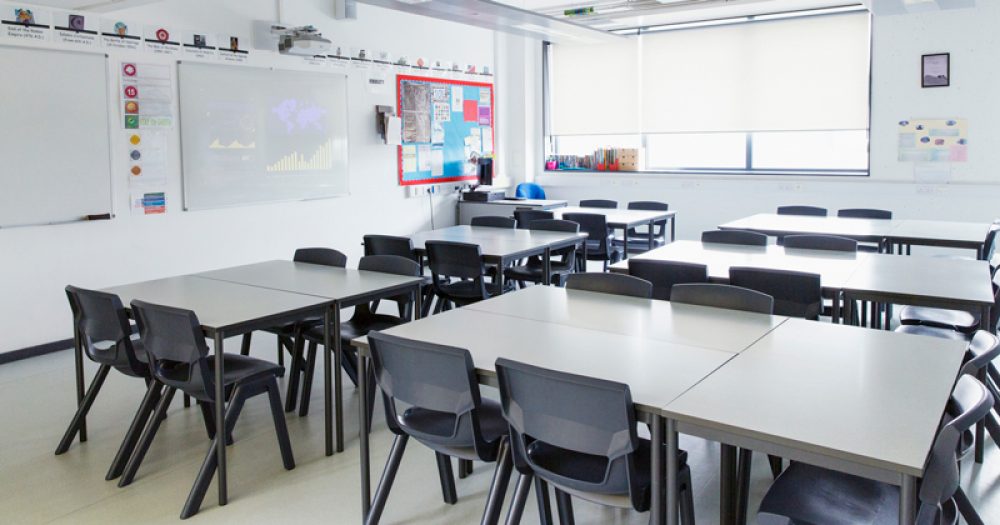The government must make better data available and provide more catch-up funding to stop pupils falling further behind, writes Natalie Perera.
The question over how we support recovery of the education system post-Covid looms large for policy-makers, researchers and those on the front line.
The reality is that we are all trying to find solutions at a time when data and evidence is sparse. In other words, we don’t really know the scale of the problem we’re trying to fix.
Without detailed data the government risks charging head-first into another chaotic exam season with a serious risk of needing to make another u-turn
There are some things we do know. We know that, even before the pandemic hit, disadvantaged children were, on average, over 18 months behind their peers by the end of secondary school.
And we know that the gap was significantly larger in some parts of the country – over two years in areas including Blackpool and Knowsley.
Thanks to rapid survey work by colleagues in the research community, we also know that, during the first period of lockdown earlier this year, disadvantaged pupils were less likely to have access to online face to face teaching, digital devices and a quiet place to study. As a result, they participated in fewer hours of home education compared to their peers.
Taken together, this suggests the disadvantage gap is likely to have widened as a result of the pandemic.
But that’s only part of the picture.
Since schools reopened to all pupils in September, we have seen national attendance rates fluctuate from 83 to 89 per cent, representing falls of between 5 and 10 per cent compared with “normal” times. Attendance rates have also been in lower secondary schools, falling to a low of just under 75 per cent at the end of November.
Thanks to more detailed local area data published by the DfE earlier this week, we can start to build a picture of how school attendance has varied across the country. It is as troubling as we feared.
In some of the worst-affected areas such as Rochdale, Oldham and Sandwell, secondary-aged pupils lost around 13 days of schooling on average. That contrasts with pupils in areas such as Rutland and the Isle of Wight, where pupils have lost less than four days on average.
While it’s not a consistent pattern, we also find that areas with lower past GCSE results and higher levels of disadvantage tend to have had lower attendance rates over the autumn term.
In Knowsley, for example, where attainment is low and disadvantage is high, pupils have lost around 10 days of schooling. The challenges in Knowsley are well-documented – two weeks of lost schooling is only likely to steepen those challenges and have a profound effect on pupils in the area.
Left unaddressed, we risk the most vulnerable pupils in this country bearing the heaviest impact from the pandemic. It is crucial that the government stops this from happening.
There are two clear ways for the government to step in and help these pupils from falling further behind.
First, it needs to make additional catch up funding available to schools and it needs to target that funding to the pupils that need it the most.
The £650 million already earmarked for catch up funding this year is poorly targeted and provides the same amount to schools serving large numbers of disadvantaged pupils as to those serving affluent communities. The DfE needs to do better.
Second, we need a better understanding of the extent of absences. We need to know which schools and which year groups have been, and continue to be, most affected.
Data by year group is available for Wales, with the most recent data showing a deeply worrying picture of attendance rates of 50 per cent for year 10 and above.
Without similar knowledge for England, national exams in 2021 are likely to be undermined by stories of young people who have missed swathes of schooling through no fault of their own, but who are treated exactly the same as those who have missed far less time.
Without regular, detailed and transparent data the government risks charging head-first into another chaotic exam season with a serious risk of needing to make another “u-turn”.
The government cannot kick this issue into the grass much longer. It needs to set the membership and terms of the new expert group that will support the DfE to look into the issue of differential learning loss urgently and it needs to publish more detailed data in order to win back public confidence.








Your thoughts